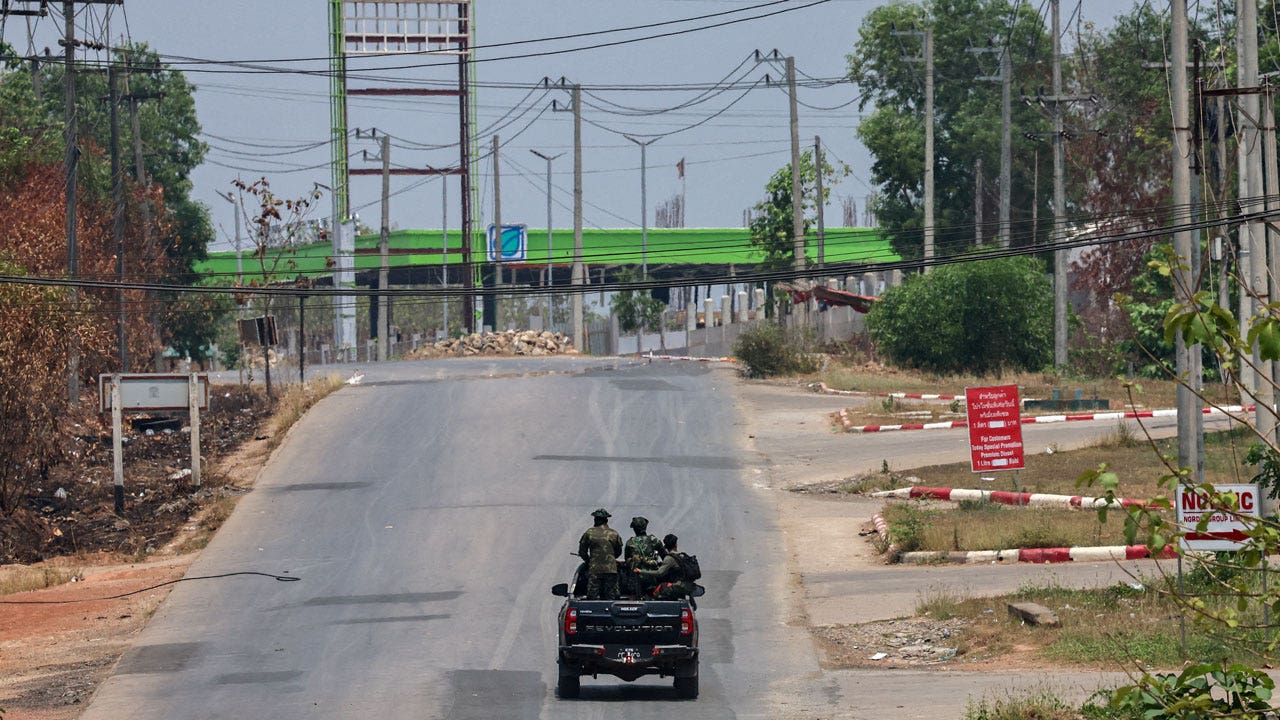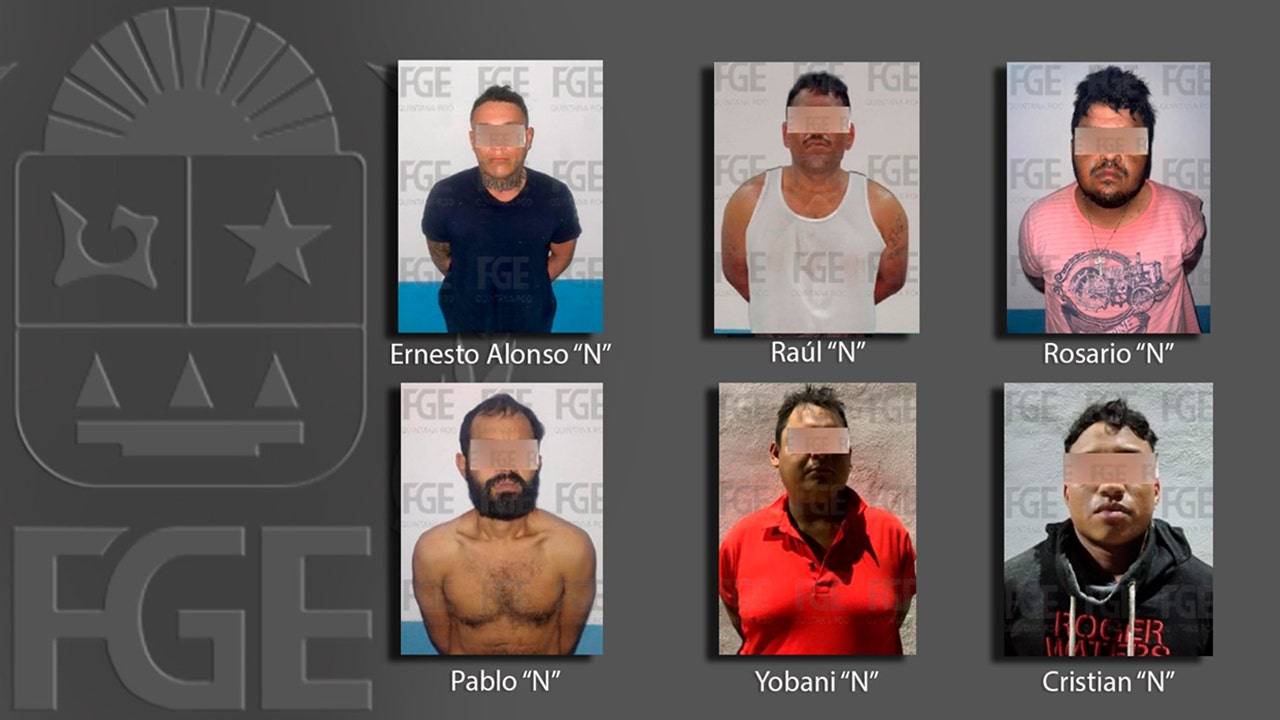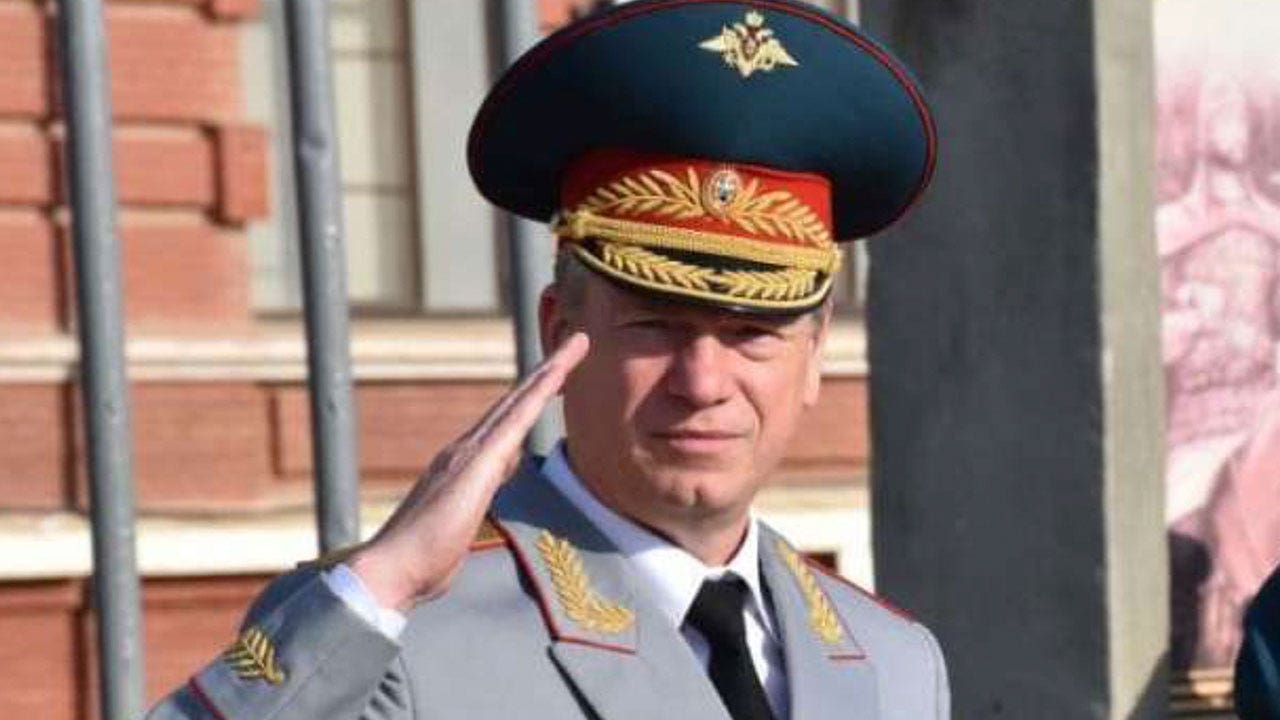In the first pitched battle of the civil war that shaped a newly independent Ireland, seven centuries of history burned.
On June 30, 1922, forces for and against an accommodation with Britain, Ireland’s former colonial ruler, had been fighting for three days around Dublin’s main court complex. The national Public Record Office was part of the complex, and that day it was caught in a colossal explosion. The blast and the resulting fire destroyed state secrets, church records, property deeds, tax receipts, legal documents, financial data, census returns and much more, dating back to the Middle Ages.
“It was a catastrophe,” said Peter Crooks, a medieval historian at Trinity College Dublin. “This happened just after the First World War, when all over Europe new states like Ireland were emerging from old empires. They were all trying to recover and celebrate their own histories and cultures, and now Ireland had just lost the heart of its own.”
But perhaps it was not lost forever. Over the past seven years, a team of historians, librarians and computer experts based at Trinity has located duplicates for a quarter of a million pages of these lost records in forgotten volumes housed at far-flung libraries and archives, including several in the United States. The team then creates digital copies of any documents that it finds for inclusion in the Virtual Record Treasury of Ireland, an online reconstruction of the archive. Still a work in progress, the project says its website has had more than two million visits in less than two years.
Funded by the Irish government as part of its commemorations of a century of independence, the Virtual Treasury relies in part on modern technologies — virtual imaging, online networks, artificial intelligence language models and the growing digital indexes of archives around the world — but also on dusty printed catalogs and old-school human contacts. Key to the enterprise has been a book, “A Guide to the Records Deposited in the Public Record Office of Ireland,” published three years before the fire by the office’s head archivist, Herbert Wood.
“For a long time, Wood’s catalog was known to Irish historians as the saddest book in the world, because it only showed what was lost in the fire,” Dr. Crooks said. “But now it has become the basis for our model to recreate the national archive. There were 4,500 series of records listed in Wood’s book, and we went out to look for as many of them as we could find.”
A major partner in this hunt was the National Archives in Britain, to which centuries of Irish government records — notably tax receipts — had been sent in duplicate. The Public Record Office of Northern Ireland, which remains part of the United Kingdom, has also been a major partner, contributing records from the centuries before Ireland was partitioned in 1921.
A considerable haul of documents has also been uncovered in the United States. The Library of Congress, for example, dug up dozens of volumes of lost debates from Ireland’s 18th-century Parliament. According to David Brown, who leads the Virtual Treasury’s trawl through domestic and overseas archives, before this trove of political history came into Congress’s possession, one previous owner had tried to sell it as fuel. Serendipity has often played a role in such U.S. discoveries, he said.
“You would have old family records stored away in some gentleman’s library, and he’d move to the colonies, and take the books with him,” Dr. Brown said. “Or else heirs would eventually sell the old library off to collectors, and eventually an American university or library might buy the collection, maybe because they wanted something important in it, and they took everything else that came with it. Archivists may not always know what they have, but they never throw anything out.”
The Huntington Library in California, and libraries of the universities of Kansas, Chicago, Notre Dame, Yale and Harvard are among around a dozen U.S. organizations to respond positively to the hopeful request from the Irish: “Do you have anything there that might be of interest to us?” And in the process of hunting down material that is already on its radar, the Virtual Treasury team is also uncovering, and incorporating, unexpected treasures.
One is a previously unnoticed 1595 letter shown to Dr. Brown late last year while he was visiting Yale’s Lewis Walpole Library to view some other material. In it, Sir Ralph Lane — a founder and survivor of the infamous lost colony of Roanoke, off North Carolina, which had vanished in the decade before this letter was written — petitions Queen Elizabeth I to order the conquest of Ulster, then a Gaelic stronghold in the north of English-ruled Ireland.
Dr. Brown, a specialist in early modern Atlantic history, said the letter — long overlooked because it was bound in a volume with much later documents — showed the close connection between England’s colonial conquests in North America and Ireland, both in the personalities involved and their motivation. The letter suggests conquering Ulster primarily so that the English could seize the inhabitants’ land, and it proposes paying for the war by looting the Ulster chiefs’ cattle. The area was ultimately conquered and colonized in 1609, six years after Lane’s death.
“For the Elizabethan adventurers, colonialism was a branch of piracy. All they wanted was land,” Dr. Brown said. “Roanoke hadn’t worked out for Lane, and Elizabeth had just granted Sir Walter Raleigh 10,000 acres of land in Munster,” in the south of Ireland. “So Lane thought, if Raleigh got 10,000 acres in Munster, why can’t I have 10,000 acres in Ulster?”
Another contribution to the project could be seen in contemporary Northern Ireland, at the Public Record Office in Belfast. The head of conservation, Sarah Graham, was restoring and preserving a collection of records and letters kept by Archbishop John Swayne, who led the church in Ireland in the 15th century. Watching her at work was Lynn Kilgallon, research fellow in medieval history for the Virtual Treasury. Once preserved, its pages will be digitized and added to Dublin’s online archive.
“If you don’t understand the words in a book, it becomes just an object,” Ms. Graham said. “You need someone to read it — medievalists like Lynn here, to bring it to life.”
You do not necessarily need to be a specialist to read the documents in the Virtual Treasury, however. New artificial intelligence models developed for the project allow archivists to turn ancient handwriting into searchable digital text, with modern translations.
The site went online in June 2022, the 100th anniversary of the records office fire, and is aiming for 100 million searchable words by 2025, a target it says it is three-quarters of the way to reaching. Eventually, it hopes to recover 50 to 90 percent of records from some priority areas, such as censuses from before and after Ireland’s Great Famine in the mid-19th century, which are of particular value to historians, and to people of Irish descent tracing their roots. More than half of the details of the first nationwide census of Ireland, a religious head count in 1766, have been retrieved and published.
“Cultural loss is sadly a very prominent theme in the world right now, and I don’t think there is an example like this, where there’s been so much international cooperation in the reconstruction of a lost archive,” Dr. Crooks said. “It shows that the collective culture of many countries can be brought together to achieve a goal. Borders are fluid.”






